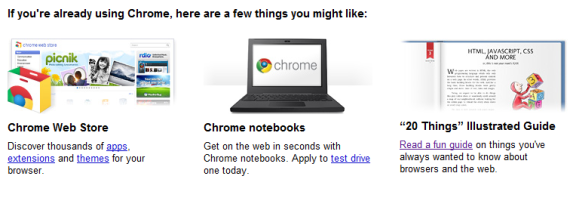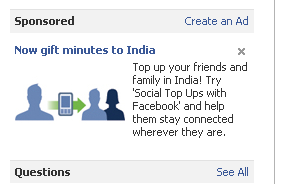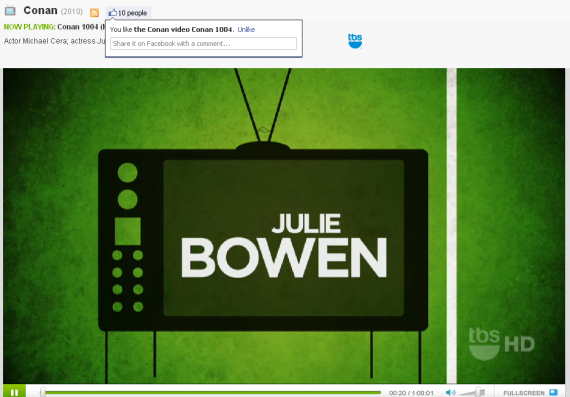To see more of my 2011 tech predictions - click here
Google Chrome and Android are both fast growing: Chrome now has 120m users and Android continues its march towards mobile OS leadership.

Google's clear goal - and it's working! - is to power the web. Android with mobile and Chrome now with the web browser, machine (laptops) and desktop (apps and extensions). And Google's TV strategy is in motion as well... Our day-to-day computing activity occurs in the browser, in the cloud and on the go (mobile and laptop).... Google Apps (Calendar, Docs, Gmail) represent that shift.
The point was driven home in MG Siegler's recent review of the new Chrome OS CR-48 laptop:
I know that personally, roughly 95 percent of what I do on a computer these days is in the web browser. Of the other 5 percent, 4 percent of it could probably be done in the browser too (light image editing, taking notes, etc). The other one percent is more difficult but those are mainly things (iTunes media management, Photoshop) that I only need to do some of the time and can use a desktop machine for.
And based on Android's growth and strategy (cross device / hardware), there is little reason to believe that Chrome will not follow... and probably at a faster growth rate. For developers, Chrome represents a distribution opportunity via the browser and app store. And we have seen that hardware folks are open to new operating systems (albeit slow) if it represents a new price, new marketing angle, etc.
Thus far, I have not been impressed with Google's Chrome Web Store. Thus far, the applications aren't entirely different than specialized webpages. But the concept is powerful and the quality of content will improve as developers move towards the platform and a couple winning applications emerge.... sound like the early days of Android? It should... and that's why Google will find similar success here.
So if 2011 is the year of Chrome and Android - Apple and Microsoft have something to worry about.



 I stared at this ad for quite some time and wondered what Facebook's Social Top Ups product was. Turns out it is NOT a new Facebook promotion to drive Credits, international usage, etc. Turns out it IS a developer's product (
I stared at this ad for quite some time and wondered what Facebook's Social Top Ups product was. Turns out it is NOT a new Facebook promotion to drive Credits, international usage, etc. Turns out it IS a developer's product (







